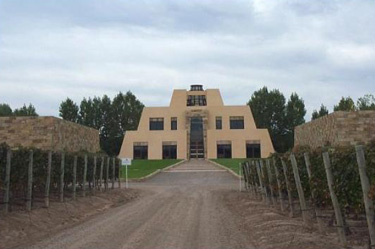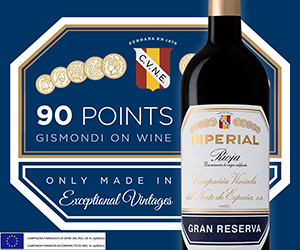Argentina's current economic woes aside, a decade of serious winemaking there has reasserted the right of South America's largest producer to prominence on the international wine map.
The formula to convert rustic, meaty dry reds and thin, acidic, fruitless wine into something much more attuned to modern tastes may not be novel but it's been effective.
At the forefront of the movement is the Catena family, whose origins, like those of California wine icons Robert Mondavi and Ernest and Julio Gallo, began in the southern Italian province of Marche. Like other young Italians of his generation, Nicolas Catena set out for the New World at the end of the 19th century, in search of a new life and new opportunities. His travels took him to Argentina's Mendoza province, whose grapes even then were gaining an international reputation for quality.
Over the next 60 years the Catena family established itself as one of the country's largest and most prosperous producers, and before the end of the 20th century another Nicolas Catena, eldest son of Domingo and Angelica Zapata, acted decisively to ensure the family's leading position. In 1982, while Nicolas Catena was a visiting professor of agricultural economics at the University of California at Berkeley, he visited the Robert Mondavi Winery in Napa Valley. The Mondavi family's property, wines and commitment to excellence made such a lasting impression that he returned home convinced that a similar commitment on the Catenas' part might achieve similar success in Mendoza. Twenty years later, research, hard work and sheer determination have done just that.
Catena is at the forefront of Argentine wine production, and its new Zapata winery is the most technologically advanced in South America. Earlier this year Catena was the focus of a winemaker dinner at the Four Seasons Hotel and wowed the sold-out crowd with a preview of its latest wines. Here's my latest take on its current releases, some of which you will find in government specialty stores and some in private wine shops. Some older vintages may still be available, too.
The Alamos 1999 Chardonnay surprises you with its green apple and pear fruit aromas and flavours. It's mouth-filling, but not overbearing, and there's a lovely twist of honey and toasted nuts in the finish. It's beginning to dry out at this stage, and needs drinking before the summer. Bring on the 2000 vintage.
The Catena 2000 Chardonnay is fresher and much livelier in the mouth, with a mix of lemon, melon and orange flavours on the palate. The finish is lean and nutty, with some lingering apricot, toasted butterscotch and anise flavours. It's solid, if not particularly good value at $25.
The Alamos 1999 Malbec is a delicious blend of high-altitude fruit harvested in Mendoza's Agrelo, La Consulta and Lunlunta districts. It's also one of the first products of Catena's new high-tech Zapata winery, inaugurated last year. The nose is a mix of plum and black cherry, while the textures are soft and elegant. It has earthy, cassis/plum flavours and a ripe, sweet finish. You can drink it now or let it further improve with two to three years' aging.
The Catena Alta '99 Malbec is bolstered with 10 per cent cabernet sauvignon, and all the grapes come off a select block of a 60-year-old vineyard. The low-yielding fruit is aged for 13 months in new French oak barrels, which you immediately detect on the nose. There is a delicious mass of ripe blackberry fruit with sweet vanilla notes in the background. Its soft, round, melt-in-your-mouth tannins will have wide appeal.
The Catena 1999 Cabernet has a juicy, mouth-watering entry thanks to some lively acidity and firm tannins. There is very little oak influence, leaving what fruit there is to tantalize the tastebuds. The structure is dry and firm, with typical earthy/meaty flavours leading the way.
The grapes for today's concluding wine, the Catena Alta Cabernet Sauvignon, come off select blocks of Zapata Vineyard, the company's premier cabernet site, which is more than 940 metres above sea level. This cab spends 18 months in new French oak, which again is fairly evident in the mouth. Smoky blackberry and cassis fruit dominate the aromas with streaks of toasted oak and vanilla underneath. Ripe fruit and fine concentration are marred slightly by the warm, alcoholic finish. It's a wine made only in exceptional years.

 quicksearch
quicksearch






